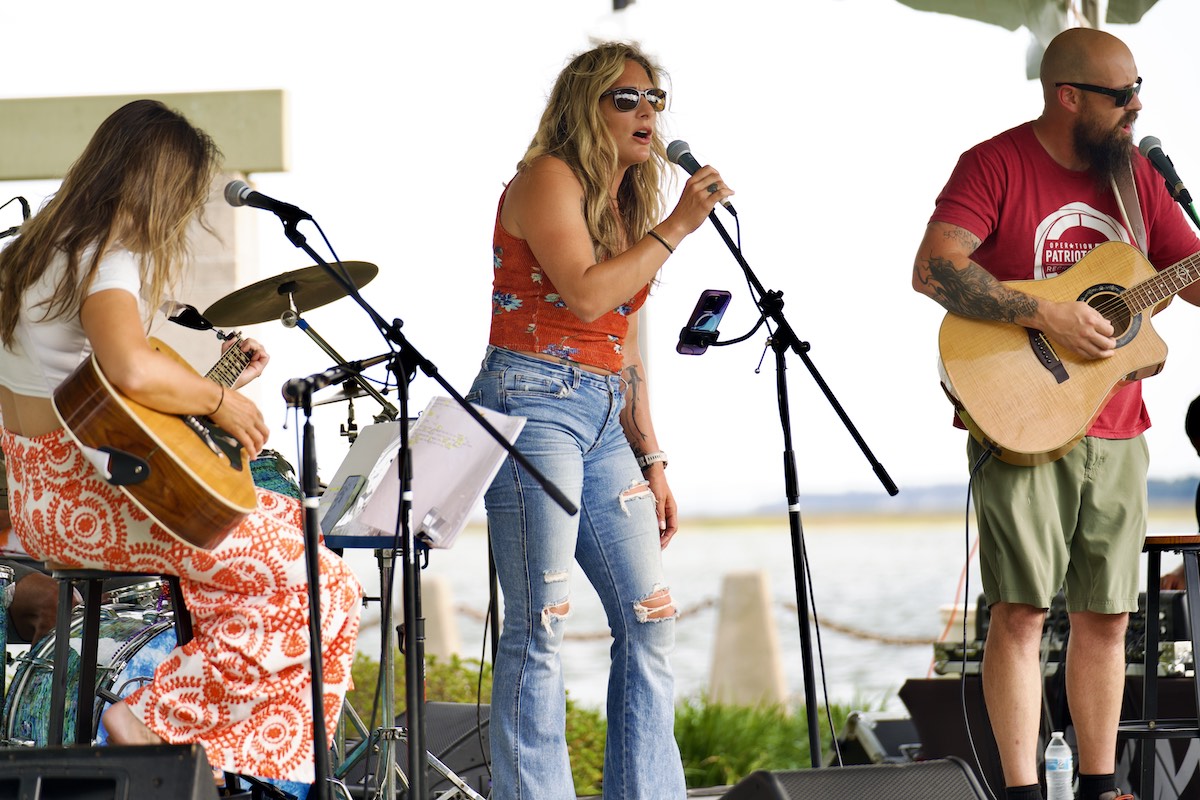
The Island News
Sometime in the last century, a virus — long lodged, contented and contained in Malaysian fruit bats — made its way into pigs. In the 1990s, this virus left its porcine host and took up residence in the farmers who tended these pigs.
A subsequent study by researchers from Johns Hopkins University found that this virus — called Nipah — moved by way of bat feces and saliva to the nearby pigs. Then this opportunistic virus made its way to the pig farmers (and others) in Southern Malaysia.
The arrival of the Nipah virus is indicated by fever, headaches and vomiting. In some cases there is “respiratory distress,” then seizures and death. The fatality rate is estimated to be between 40 and 75%.
Since the outbreak in Malaysia in 1998, there have been annual outbreaks of Nipah in Bangladesh and less frequent outbreaks in Eastern India.
Here in the United States we also have an opportunistic virus that is on the move. In our case the “Avian Flu” virus — long lodged in wild birds — has infected domestic poultry, resulting in the culling of millions of chickens in the U.S. The virus has also spread to dairy cattle in 17 states, where it has infected dozens of farmworkers and led to at least one confirmed fatality according to the U.S. Department of Agriculture.
In February of this year, the Trump Administration fired 140 employees at the FDA’s Center for Behavioral Medicine who were focused on the avian flu virus. There was an uproar, popular backlash, and some of these fired folks have been rehired.
In May of 2025, the Department of Health and Human Services terminated a $766 million contract with Moderna to develop a vaccine “for flu strains with pandemic potential including bird flu.” You may remember that Moderna made the Covid-19 vaccine in record time.
Research since 1945
Since the end of World War II — since the success of the Manhattan Project — it became a commonly held belief that the United States could solve every scientific riddle with the concentration of its collective intellect.
In 1945, the National Institutes of Health made its first grant to the University of Utah to fund its research for muscular dystrophy. This would be followed by thousands of grants and millions of dollars to universities around the country.
In 1950, the National Science Foundation was founded around the principal that it was in the national interest to focus on the basics. It was the singular mission of the NSF to encourage scientific research by way of grants made directly to MIT, the University of California — Berkley, Johns Hopkins and other schools that would then establish labs and utilize faculty and graduate students in this endeavor
By 1962, there was the notion that we could — with funding from the U.S. Treasury, do just about anything. We could, for example, “Go to the moon,” said John Kennedy in September 1962.
“We choose to go to the moon in this decade and do the other things, not because they are easy, but because they are hard …”
These grants — largely made to universities — were key in developing vaccines for measles, rubella, mumps and, more recently, malaria and ebola. But the research that mattered most (to post war Americans) was the research done by in the 1950s by a team at the University of Pittsburgh to develop the first vaccine that prevented paralytic poliomyelitis
The ‘Freeze’ of 2025
In the early part of 2025, the National Science Foundation announced it would not be making any new grants; was terminating 1,040 grants; and said it would not distribute monies from existing grants that were “not in alignment with agency priorities.”
Furthermore, the May 2 edition of Scientific American Magazine said the Trump Administration has proposed a 55% reduction in the NSF’s budget for 2026.
In those first months of 2025 the Administration also cut $2.7 billion in research funds at the National Institutes of Health and terminated grants that totaled $1.8 billion.
Then the Trump Administration announced that next year’s NIH budget would be cut by 40% or $17.9 billion.
On June 4, 2025, the New York Times ran a lengthy news piece describing what effect those cuts had had on university (research) faculty who had long-running grants with NIH and the National Science Foundation. It also spelled-out the devastating impact on graduate students who worked in those labs.
When federal funding for a project is terminated, not only can salaries for the researchers, including graduate students seeking degrees in, say, microbiology, immunology and virology, be lost, but results of the work in progress can be lost if the experiments cannot be completed with proper controls.
The June 4 Times story also tells the story of Ardem Patapoitian’s immigration from Lebanon and his enrollment at the University of California, where he got a doctorate in neuroscience.
Patapoutian then started a lab at the Scripps Institute, with a grant from NIH, discovering “how humans sense touch” for which he won a Nobel Prize in 2021. Then he learned his grant to develop new
techniques in pain management had been frozen.
“In February he posted on Bluesky that such cuts would damage medical research and prompt an exodus from the United States. Within hours he had an e-mail from China offering to move his lab to “any city, any university I want,” he said, with a guarantee of funding for 20 years.”
Closer to home, at the University of Virginia, there was also distress.
“As a result of these changes, three NIH grants to UVA (University of Virginia) have been canceled so far, and one has received a stop work order. With the funding environment awash in uncertainty, UVA will admit fewer graduate and postdoctoral students this fall …” wrote Michael Gaynor in Virginia (University) Magazine.
Harvard takes a hit
In April of 2025, the Trump Administration froze $2.2 billion in grants, including 350 medical grants, awarded to Harvard University.
The focus of Trump’s criticism were the diversity, inclusion and equity policies then in place on the Cambridge campus; and the pro-Palestinian/anti-Israeli protests that happened last year. The Trump Administration has given Harvard a list of demands centered on enrollment of foreign students and their apparent bias against Israel.
Most commentators following this shoot-out believe that there will eventually be a settlement between Harvard University and the Trump Administration.
But at this writing there doesn’t appear to be much legislative debate about cutting the National Science Foundation’s budget by more than half and the National Institute’s budget by 40%.
Now the question is whether or not Congress — the body that actually allocates our Country’s treasure — will respond.
At this writing only three Senators — Patty Murray from Washington, Susan Collins from Maine and Bill Cassidy from Louisiana — have spoken out against the cuts. But many Republican-leaning “red” states have extensive medical research facilities — Georgia, Alabama, North Carolina to name three — and, of course, there is the Medical University of South Carolina in Charleston which got $128 million in grants in 2024.
One would think those red state Senators (and House Members) would resist the closure of labs and the loss of jobs in their backyards.
It would seem that shutting down research at the University of Alabama (Birmingham); at Emory Healthcare in Atlanta; at the huge Duke/Chapel Hill medical complex in North Carolina; and at MUSC in Charleston would generate more Congressional push back.
In April a lawsuit challenging the sweeping cuts (to grants made by NIH) was filed in Massachusetts and in June it survived a motion to dismiss. The lawsuit argues the cancelation of $2.4 billion in NIH research grants violates the Administrative Procedures Act and the Fifth Amendment.
It is impossible to predict how this dispute will end; but it is safe to say the primacy of American medical research hangs in the balance.
Of note
In the interest of candor, this article was written with assistance from Dr. Andrew Ball and Dr. Gail Williams Wertz. Wertz and Ball are retired virologists who did extensive research of the respiratory syncytial virus; and developed a method for genetically engineering RNA-based viruses — work that led to the Ebola vaccine.
Scott Graber is a lawyer, novelist, veteran columnist and longtime resident of Port Royal. He can be reached at cscottgraber@gmail.com.







